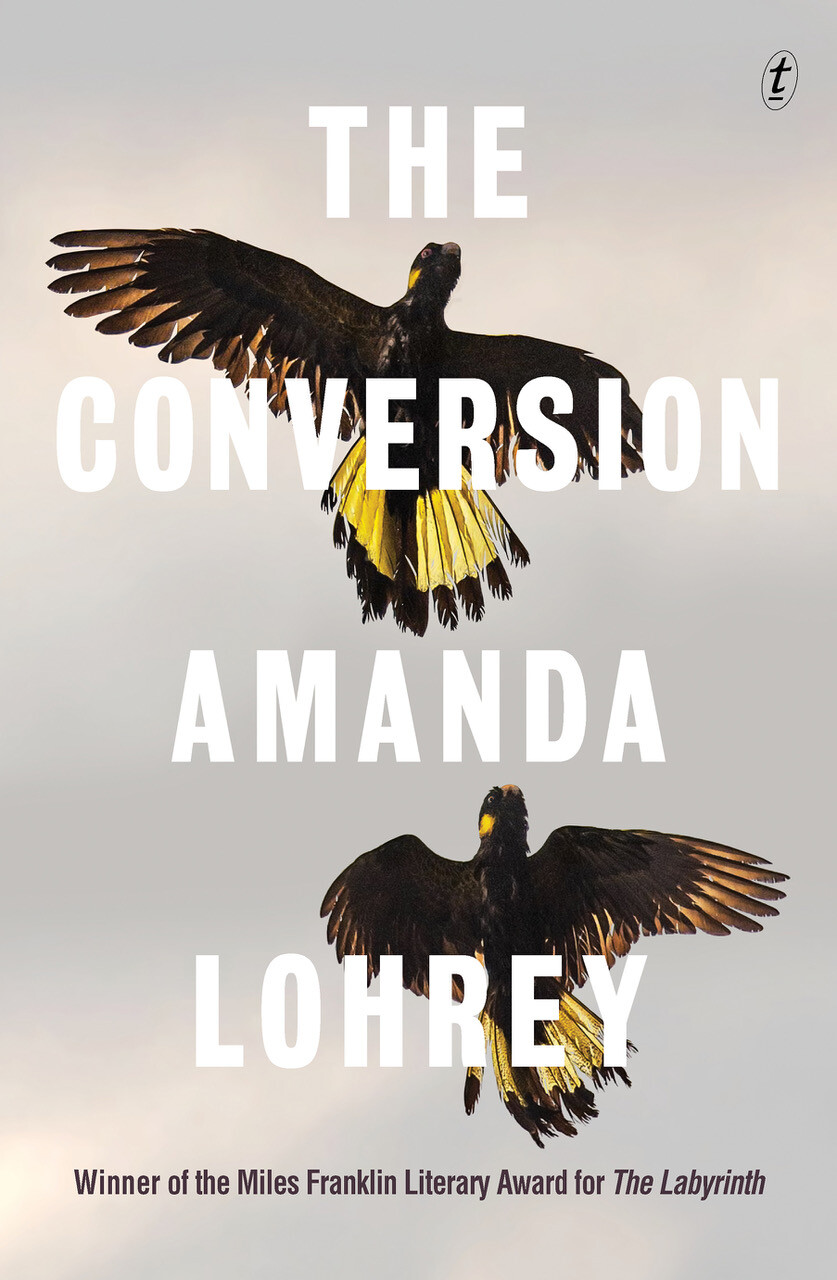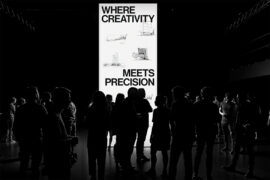Award-winning novelist Amanda Lohrey’s latest novel, The Conversion, is deeply concerned with issues of home renovations, architectural theory and the psychology of dwelling.

November 22nd, 2023
Studying other designers’ work, getting inspiration from their projects and learning about the latest material innovations – these are all valid and useful ways of making sense of design. They help us to create and appreciate well designed spaces. What about questions, however, of belonging in a space? What is it to really make a home feel like a home, and how do we do it successfully?
For answers to these kinds of questions, designers would do well to turn to other fields such as literature. Architects have of course always found inspiration from a wide range of sources and Amanda Lohrey’s novel, The Conversion, is an excellent example of fiction that deals with explicitly architectural themes.
In particular, Lohrey’s work is concerned with how a residential space feels and what it means to put one’s stamp on a place. With a plot based around the renovation of a church into a home, the most fundamental theme perhaps comes down to this singular question: can a converted space ever be treated as a blank canvas or is it always haunted by its history?
The architectural history in this case is especially loaded, with the object – nay, the protagonist – of the novel being a church. The conversion in question thus becomes dually significant: at once a prosaic house renovation and a spiritual-religious journey. In setting these issues alongside one another, Lohrey’s novel is drawing attention to some of the most profound dimensions of architecture and design, both in terms of how design affects us and how the world around us affects design.
“Quite why I have this obsession with where people live, I don’t know,” says Lohrey. “But it seems to me that I’m in tune as a writer with my readers because Australians are obsessed with renovation. I think the domestic home has become something like a secular temple and it fascinates me. It seems to me a natural preoccupation which most people share and I’m constantly surprised that home renovation doesn’t make its way into fiction more often.”
Related: ‘Architecture and Lies’ by Richard Francis-Jones

In the novel, we follow Zoe as she takes ownership of a disused church in an unnamed valley just a few hours’ drive from Sydney. For her late husband, Nick, the project was something of an obsession and his character represents an intellectually rich but heavy-handed approach to design. Nick seems to approach the building as simply a space ready and waiting for him to convert, to add his imprint. For all his considered, sophisticated design thinking – much is made, for example, of the influence of architectural theorist Christopher Alexander – the building, perhaps any building, is for him just a passive object to be wrought.
In contrast, Zoe’s engagement with the church feels saturated with a sense of unease throughout the novel. For her, the ghosts of the church’s history resist the hand of the newcomer. A frequent thematic concern, for example, is the need for the whole to comprise a harmonious order of its parts. It’s an insight taken directly from Christopher Alexander’s work, and it finds a fitting expression here in the form of the church’s stained-glass windows. A sticking point for Zoe, there is a constant sense that if this one significant part is removed then the whole space will no longer feel right.
Perhaps one of the overall messages is to underline a need for sensitivity in design. Renovation of any pre-existing space – not least a church – necessarily means engaging with history and context in a way that protects against mindless demolition or treating a building as a lifeless, blank canvas.
“I think it’s really about psychology – about the house as an image or a projection of the self,” says Lohrey. “Unlike the body, the house is a potentially perfect self that you can continue to work on and create a thing of beauty out of. We rarely talk about beauty now and it sounds so terribly old-fashioned, but I think people do have an instinct for beauty and their desire to renovate is a desire to create a beautiful environment.”
Lohrey also explains her engagement with Christopher Alexander: “He has this theory that space is innately alive, and we can design in a way that draws that out and makes a space feel more alive in such a way that we feel happier and more ourselves in it. We feel our energy rise in a space or we feel it falling – we’ve all had that experience of entering a room and feeling that it’s soulless or dead.
“Alexander has this notion that space is infused with the luminous ground of being. Designers and architects can either work with that and draw it out, or they can suppress it.”
The Conversion is now available and is published by The Text Publishing Company.
INDESIGN is on instagram
Follow @indesignlive
A searchable and comprehensive guide for specifying leading products and their suppliers
Keep up to date with the latest and greatest from our industry BFF's!

How can design empower the individual in a workplace transforming from a place to an activity? Here, Design Director Joel Sampson reveals how prioritising human needs – including agency, privacy, pause and connection – and leveraging responsive spatial solutions like the Herman Miller Bay Work Pod is key to crafting engaging and radically inclusive hybrid environments.

Welcomed to the Australian design scene in 2024, Kokuyo is set to redefine collaboration, bringing its unique blend of colour and function to individuals and corporations, designed to be used Any Way!
The new range features slabs with warm, earthy palettes that lend a sense of organic luxury to every space.

It’s widely accepted that nature – the original, most accomplished design blueprint – cannot be improved upon. But the exclusive Crypton Leather range proves that it can undoubtedly be enhanced, augmented and extended, signalling a new era of limitless organic materiality.

The new Heritage Loom Collection weaves past and present together to capture the spirit of iconic fabric construction

Director Ian Briggs is one of the longest serving members of the Plus team and – with a milestone rebrand complete and a Sydney event just yesterday – he walks us through the state of play at the practice in 2025.
The internet never sleeps! Here's the stuff you might have missed

Following the first release of exhibitors, this second instalment brings together another set of brands spanning furniture, finishes, lighting and flooring, confirmed to take part in Melbourne this September.

‘Breathing Helps’ is a major solo exhibition bringing together Nolan’s large-scale works with new commissions and performances.

On the evening of Thursday 31st July the winners of the 2025 INDE.Awards were announced at a spectacular VIP gala at Saltbox in Sydney, Australia. The night was a celebration of the outstanding people and exemplary projects and products from across our region and showcased the incredible talent that resides within the Indo-Pacific.